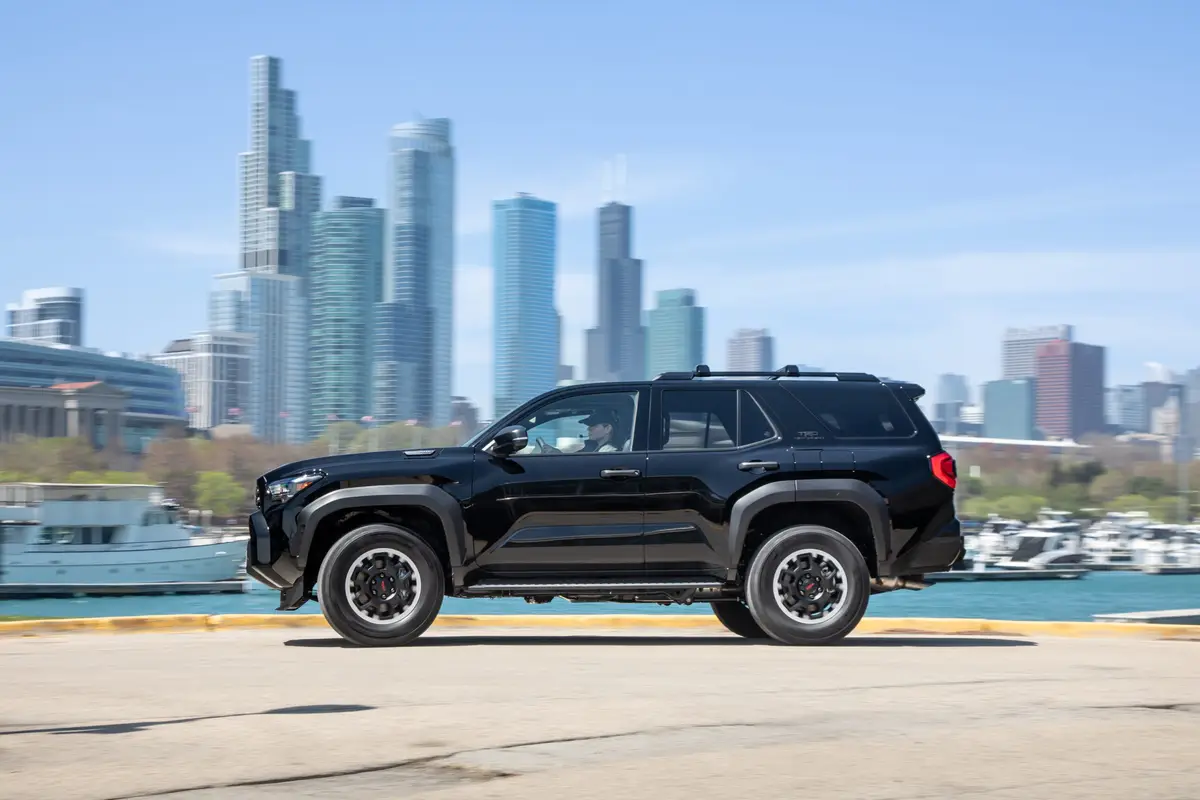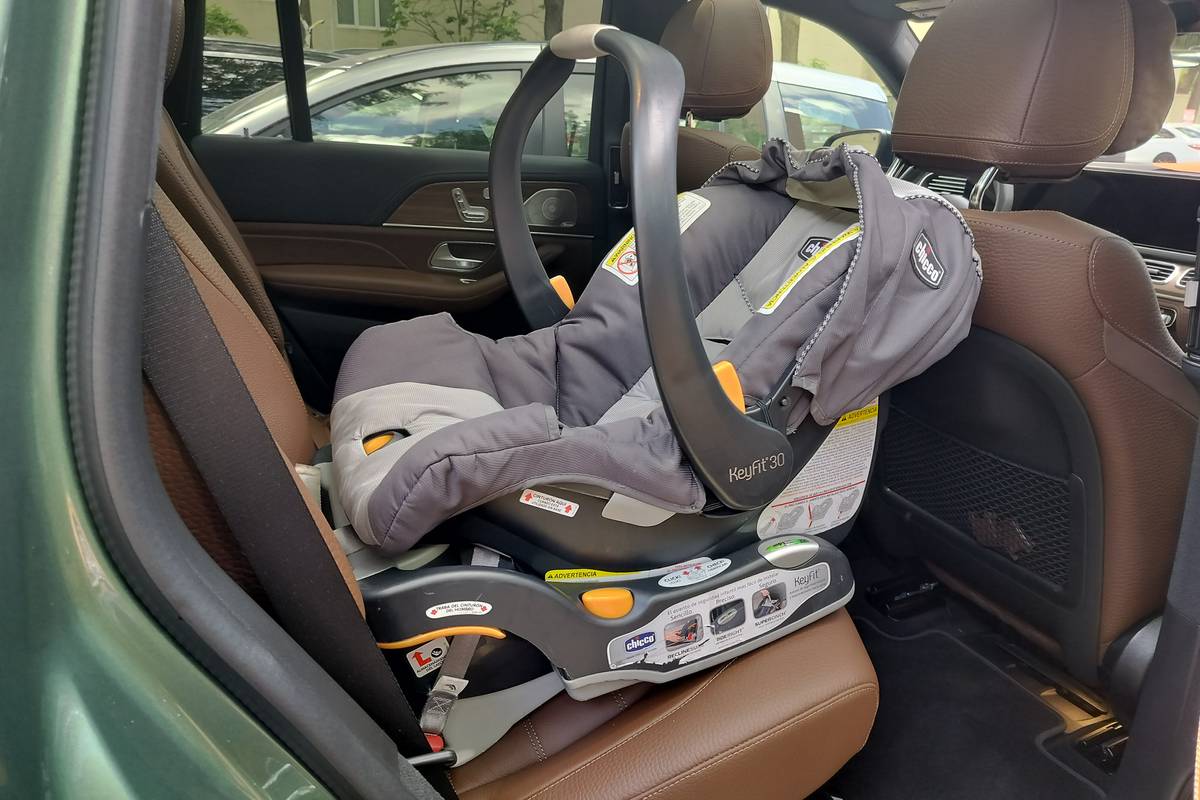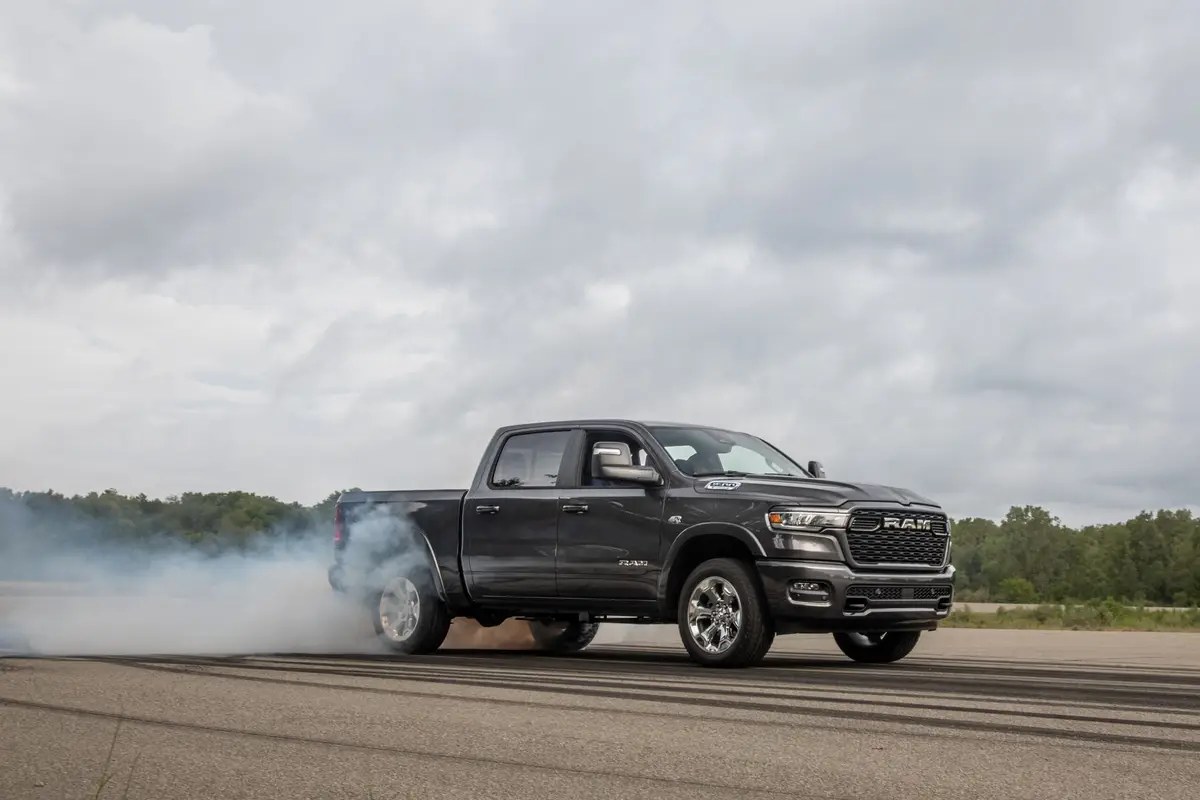IndyStar.com's view
Cadillac’s 1997 Catera is a prime example of an automobile that blends the technology and marketing philosophy of America and Europe.
The car is nameplate merchandising brought to a high order. The Catera is based on the German Opel Omega MV6, an upscale car built by General Motors’ German automotive subsidiary, Adam Opel AG.
The sedan is being marketed as a Cadillac designed to attract younger buyers. As somewhat of an entry- level model, the Catera is priced considerably below the standard line of Cadillacs, with a suggested retail price of $29,995. Add $640 for freight, and you have a $30,635 midsized luxury car sitting on the lots of the local Tutwiler and Lockhart Cadillac dealerships.
While the Catera bears the Cadillac name, it is built in Ruesselsheim, Germany. However, inasmuch as the Catera is a joint development, you can’t say that it’s a straight-out German automobile. It has been modified for American tastes.
The German driver of the Opel Omega MV6 likes to fly low on the Autobahn. That’s a bit different from the American style of driving and has resulted in some redesign work.
The extremely high speeds of the Autobahn require specialized tires that tend to give a harsh ride and lack grip on snowy and icy roads. The Catera is fitted with Goodyear all-season rubber that strikes a balance between handling, ride and road noise.
It comes at a performance price. The Catera’s top speed is electronically limited to 125 mph. I don’t know how this is going to play to the Baby Boomers whom Cadillac wants to attract with this car.
Not that 125 mph is slow, it isn’t, but it’s not a number that carries a great amount of bragging rights at the club.
Adam Opel is a manufacturer of high-quality automobiles, and this certainly is carried forward into the Catera.
The backbone of the sedan is a rugged steel body structure that encompasses the platform, side and roof rails, and the windshield and rear window rails. Driver and passengers sit in a steel cage.
The Catera’s design changes optimize chassis stiffness for ride and control. Additional enhancements control noise and vibration, while dual steel beams in each door enhance side protection safety.
The chassis is mounted on 107.4 inches of wheelbase, with the car’s overall length at 194 inches. That obviously is shorter than the Cadillac DeVille and Brougham lines. The Catera incorporates more of an upright seating position, so there is good leg room in the back seat.
As is expected in a Cadillac, there is a full range of comfort and convenience accessories — including an unusual feature. The glove box is air-conditioned so that candy, film and other perishable items can be kept cool.
The instrumentation displays its Germanic heritage with an oil-pressure gauge to go along the analog type speedometer, tachometer, voltage and fuel gauges. They monitor the workings of a four cam, four valves per cylinder 200-horsepower V-6.
This engine puts Cadillac in the V-6 business and is a high-tech powerplant designed for sustained speeds on the Autobahn of 140 mph. With 192 foot- pounds of torque in hand, the Catera tuns 0-60 mph in 8.5 seconds. Fuel consumption is 18 mpg city cycle and 25 mpg highway.
About the only thing I would have preferred to be done differently with this motor is the cam drive. I’d prefer driving the overhead camshafts by chain rather than the existing belt-drive system.
The Catera puts also puts Cadillac back in the rear-wheel drive business. In a time when their other models feature front-drive, the Catera’s four-speed automatic drivetrain activates the back wheels.
The car still has four-wheel independent suspension, however, with the rear featuring multilinks and independent half-shaft driving axles.
The Catera marks a new course for Cadillac, one that gives it entry into the fastest growing segment of the luxury market. That’s th e $30,000 to $35,000 range, which is expected to account for about 40 percent of sales.
Latest news



